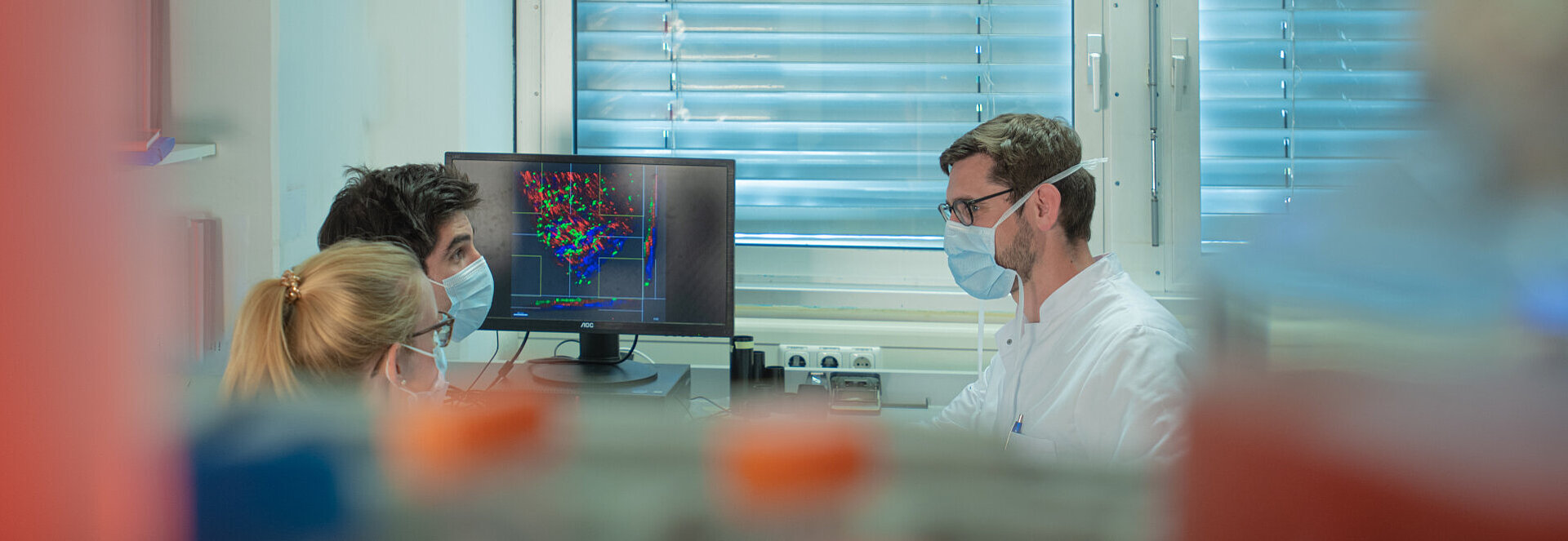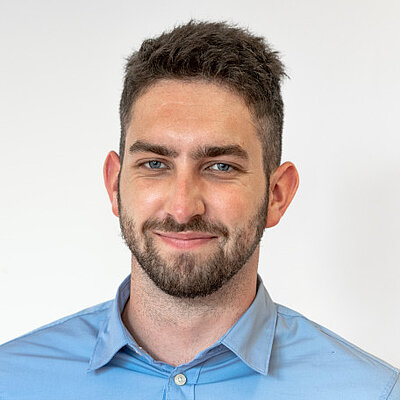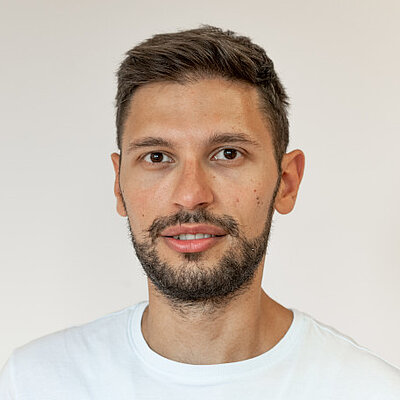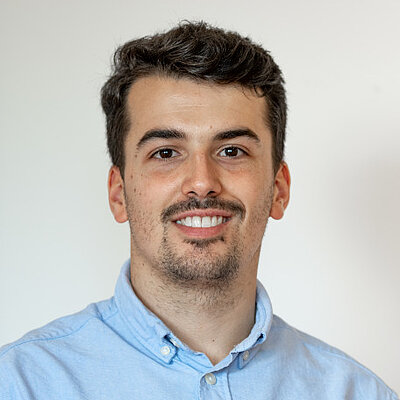Understanding Immunothrombosis
Cardiologist Konstantin Stark heads an independent research group based in Medical Clinic I at the LMU Medical Center, and his workplace is full of high-tech equipment. His laboratories are dominated by two-photon fluorescence microscopes—high-resolution instruments that provide a detailed view of biological structures in cells.
"Here, we analyze tissue sections obtained from patients, but also from mice, for signs of blood clots," he explains. "Our aim is to understand why clots develop in the first place, and why they recur in many patients over the course of a lifetime." New and more effective therapies are urgently needed, and they will need to address the early phases of the disease process. According to various estimates, approximately 100,000 people in Germany develop venous thromboses, and as many as 40,000 die as a result of pulmonary embolisms.
Intravascular Blood Clotting: A New Hypothesis
Medical science has long recognized the factors that contribute to intravascular clot formation. They include reductions in the rate of blood flow, localized damage to the inner wall of the blood vessels, and alterations in blood composition. Indeed, these observations were first published more than 100 years ago by the famous German pathologist Rudolf Virchow, and his conclusions are still valid. However, these features alone do not fully account for the phenomenon, and the other physiological mechanisms involved are still to be identified. Many patients are treated with anticoagulants—which must be taken regularly—but these agents cannot fully prevent the formation of new clots.
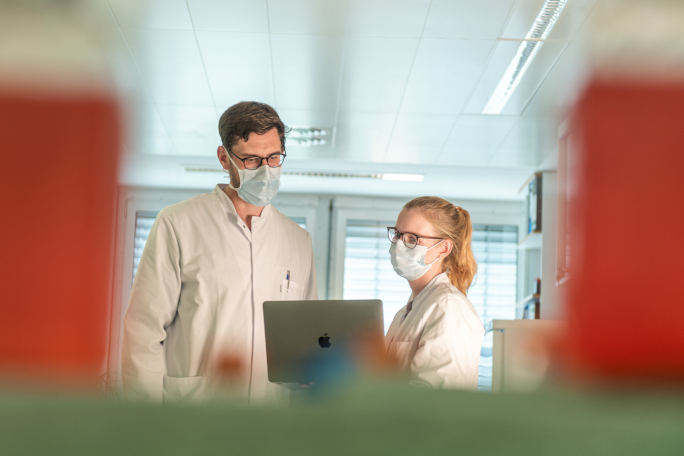
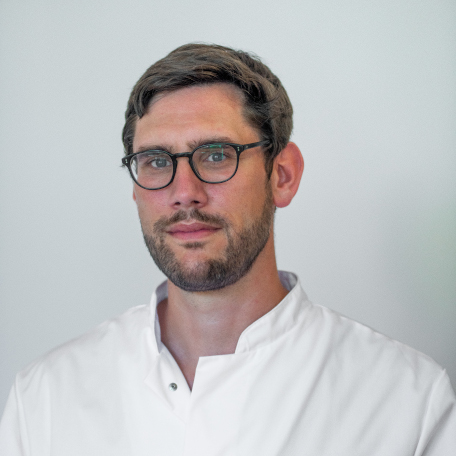
"We are primarily interested in why clotting occurs—not just once, but recurrently in many patients. This pattern suggests the involvement of processes that are triggered by the initial episode of thrombosis," says Stark. He and his colleagues are exploring the hypothesis that clot formation initiates an immune reaction which promotes the development of further clots.
Analyses Based on Patient Samples and Experimental Mouse Models
"But we don’t yet know whether the trigger is simply an acute inflammation reaction or whether it arises from long-term alterations in the function of the immune system," Stark explains. One possibility is that a hitherto unknown form of immunological memory is responsible for the recurrent formation of thromboses. In order to test this hypothesis, he and his team make use of experimental mouse models and tissue samples obtained from patients. Approaches based on cultured cells alone cannot reveal all the details of complex biological processes like blood coagulation. Recently, Stark obtained a Starting Grant worth €1.5 million from the European Research Council (ERC), which is funded by the European Union, for his project T-MEMORE (“Thrombotic Memory – Linking a Break in Tolerance to Platelets to Rethrombosis).
Our hypothesis is that the body mounts an immune reaction in thrombosis, which in turn favors the formation of new clots.Dr. Konstantin Stark, Cardiologist at the LMU Medical Center
The Impact of COVID-19 on Thrombosis Research
Since the onset of the coronavirus pandemic, Stark’s work on the mechanisms underlying abnormal clotting has become even more relevant. Early in the pandemic, pathologists discovered clots in patients who had died of COVID-19. Together with other collaborators, he also noted the presence of multiple thromboses in the narrowest blood vessels in patients with SARS-CoV-2 who had been critically ill. Aberrant clotting occurred primarily in the lungs, the kidneys, and the heart. "So COVID-19 is not only an infectious disease, the virus also has a deleterious impact on the vasculature," he says.
Interactions Between Inflammation and Clotting
Further investigation revealed that these clots are largely made up of blood platelets and activated white blood cells (leukocytes) called neutrophilic granulocytes, which are associated with inflammation. Furthermore, researchers found that these cells were hyper-activated in COVID-19 patients with acute respiratory distress who required mechanical ventilation. Both of the cellular components that contribute to the formation of aberrant clots have reciprocal effects on each other, which can in turn lead to the obstruction of blood flow in the lung. "Inflammatory reactions induce clotting by activating blood platelets and by promoting prothrombotic effects in immune cells. This is a process that we have studied in the context of thrombosis—and we have now observed it in patients with COVID-19 as well."
The Quest for New Therapies
These findings open up new perspectives for therapy. New guidelines recommend that particular groups of COVID-19 patients should be routinely treated with anticoagulants. However, Stark emphasizes the need for treatments that target the underlying inflammation reactions—which are initiated long before clots form—without compromising the patient’s immune response to the infection. "The concept of ‘immunothrombosis’ provides a promising framework for the prevention and treatment of respiratory failure and other thrombotic complications that occur in COVID-19 patients," he adds.
We want to understand why blood clots develop in certain individuals—and why they tend to recur.Dr. Konstantin Stark, Cardiologist at the LMU Medical Center
Interdisciplinary Networks
Successfully addressing such complex issues requires expertise in a wide range of fields. Stark is a member of the DFG-funded Collaborative Research Center (CRC) 914. "The work here is less clinically oriented. We are more interested in understanding how leukocytes react to tissue damage and migrate to sites of inflammation," he says. In addition, he cooperates with the German Center for Cardiovascular Research, and is involved in CRC 1123 whose purpose is to elucidate the mechanisms that give rise to atherosclerosis and identify potential drug targets. Among LMU’s partners in these cooperative ventures are the Max Planck Institute for Biochemistry in Martinsried and the Technical University of Munich (TUM). "In Munich, I have found the ideal setting for my research," says Stark.



